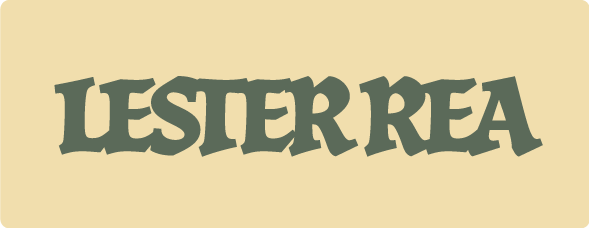Drivelog is a digital logbook for learner drivers. This app concept was made for a university assignment to design a digital logbook. It has all the functions of a paper logbook and more.
Looking at similar digital logbook apps, many of them incorporated the L plate into their icon or logo alongside the state that the app is for. I wanted to also use the L plate as it conveys the app's purpose, but I wanted to do something unique with it. Drawing upon its ancestor - the paper logbook, I turned the ‘E’ into a ring binder as a little hidden detail.
This is the app icon as it would appear on your phone’s home screen. I thought about incorporating the L plate square shape but went with a flat yellow background as it can adapt better to different icon shapes.
Showcase
This is the dashboard where you can check your progress. You can see your hours driven, and left to go, for both day and night. From here you can also see, edit, and add new Vehicles and Supervisors to make filling a new log entry even faster.
When you hit the big button at the bottom it takes you straight here, after telling you to put your phone away while driving of course.
The app will use GPS data to auto-fill as much information about your drive as possible. Things like visibility and road conditions can be easily figured out.
This screen is mostly bare on purpose so you don’t need to look at it. If you need a map it’s likely you’ll be using another app - one designed for the task.
After looking at the feedback for some other apps I made sure to include a pause button.
This is the logbook, it gives you a quick summary of how many hours you’ve driven, a history of past drives and their verification status.
Green for all good.
Yellow for awaiting verification.
Red for unfinished/unsubmitted log.
The last thing I wanted was for the app to have less functionality than the paper logbook, so I made sure to add a button to create a new entry manually.
This is where you have the chance to change or fill in any last details about your trip.
I’ve recycled the cards from the dashboard as a way to select your Vehicle or Supervisor, this way it remains familiar to you and you can still tweak things from here.
When you finish, a copy will be sent to your supervisor for them to verify it, and tick off any tasks you may have completed via a small web app.
Process & Rationale
These were the first mockups of the app, with screens designed around the main action.
I started by looking at the feedback for similar apps.
Issue 1 - Not working offline, miscalculating distance or duration.
Solution/Notes - Manual input may not be much better than the paper version but it does provide an easy fix.
Issue 2 - Having to log on repeatedly
Solution/Notes - This issue is most likely a common bug between these apps, but it made me question whether you would need to log in at all, as the mere fact that you possess the phone is an authentication factor.
This was the first hi-fidelity prototype and it accomplished the goal but had a lot of UX problems.
Issues like contrast, information, consistency and expected behaviour. The gradients ugh. The colour scheme feels unfocused and everything is a bit too rounded.
The idea was that you could start a drive immediately after opening the app for the first time. If you wanted, you could set your vehicle and supervisor ahead of time but one wouldn’t know where to do that, and they may not think to try the dropdown which would lead them to that page where you could edit that info.
So I completely reworked it.
The colour scheme was there before the logo, and this was also the first iteration of it, I opted for a more squat font in the end. I tried to incorporate that same yellow into the call to action, but it just ended up clashing until I tweaked it into what it is now.
The number of sections has shrunk to just three. Tasks, progress, and saved details are now stored on the home dashboard. The new design doesn’t handle a lot of vehicles/supervisors very well, but it handles them way better on an individual level, you’re able to view, add and edit all from the one screen.
The call to action also no longer has any barriers to entry like the dropdowns for selecting a vehicle and supervisor in the original design.
ONe last Look











